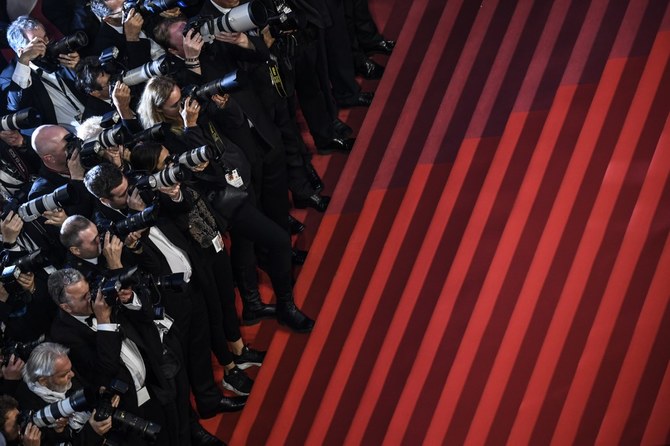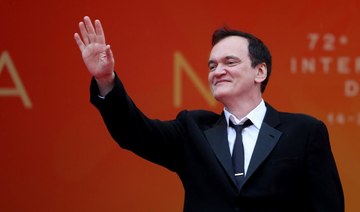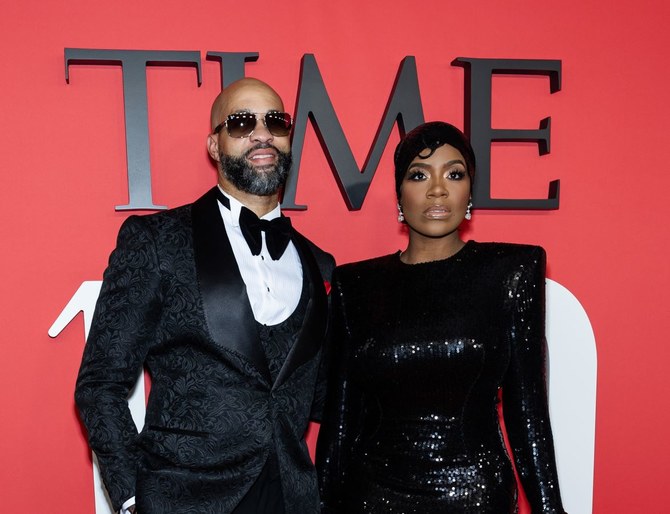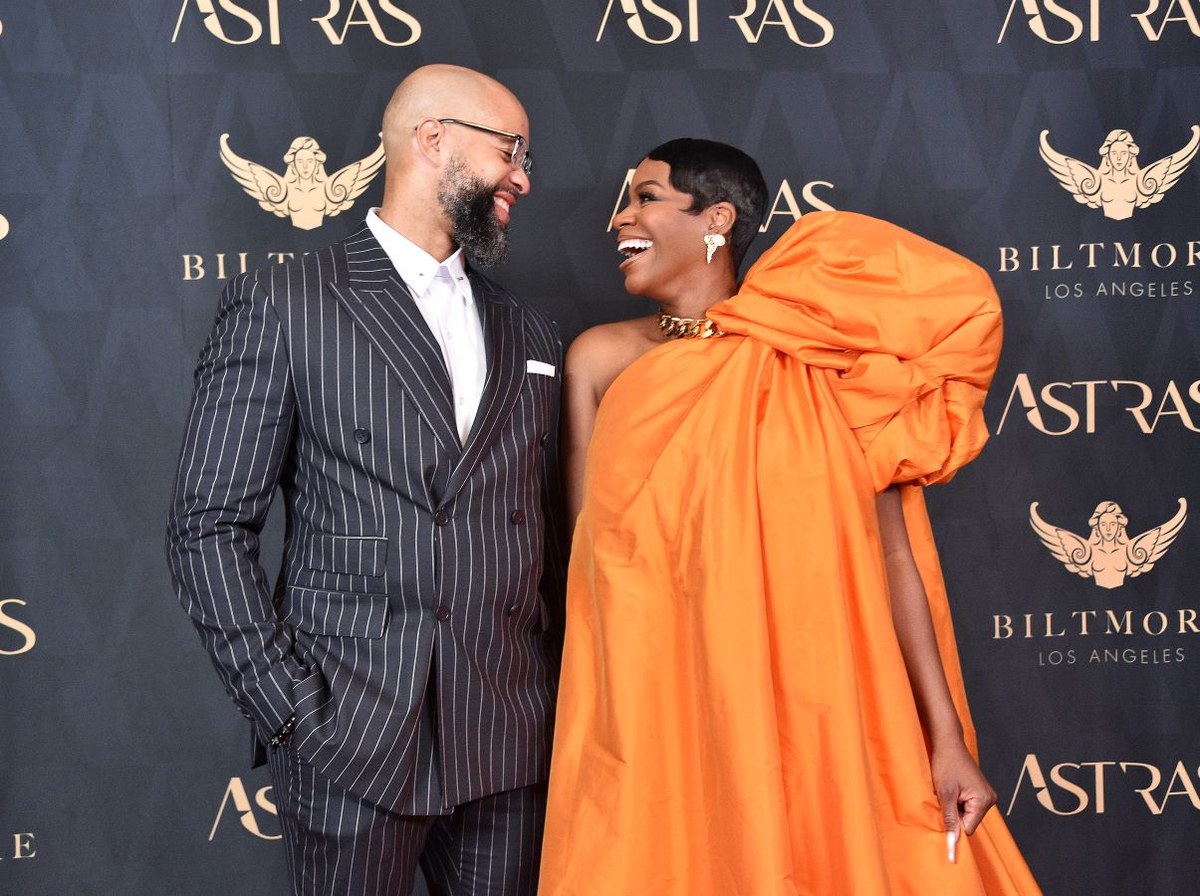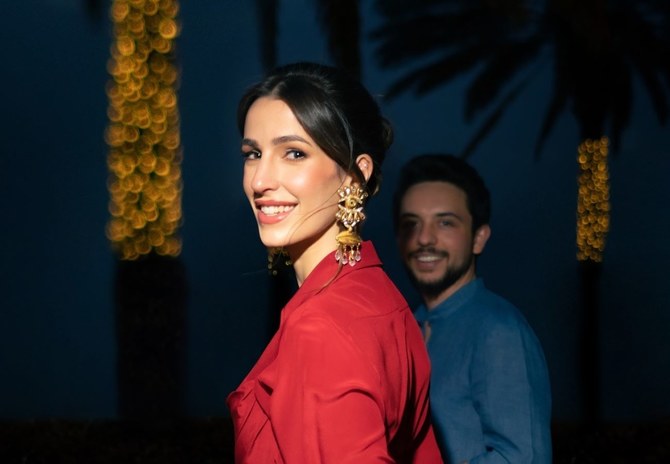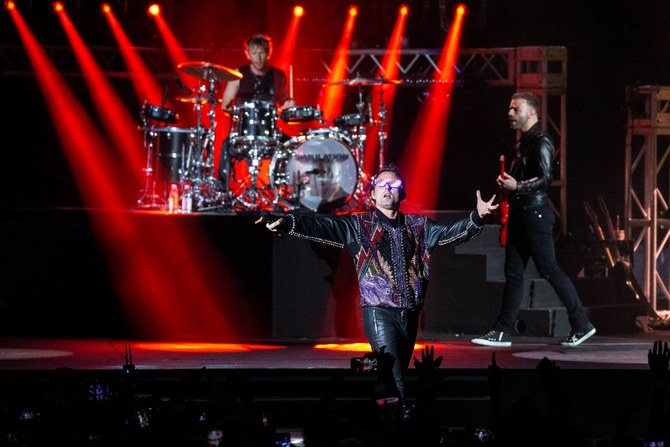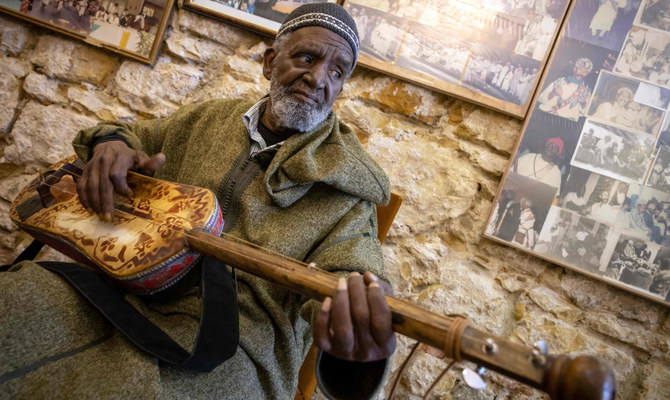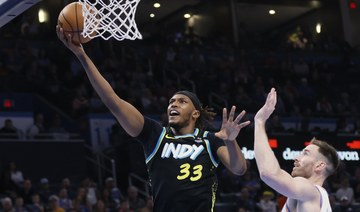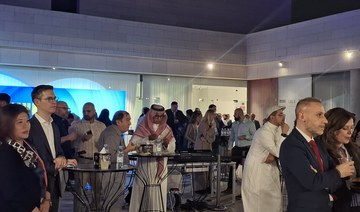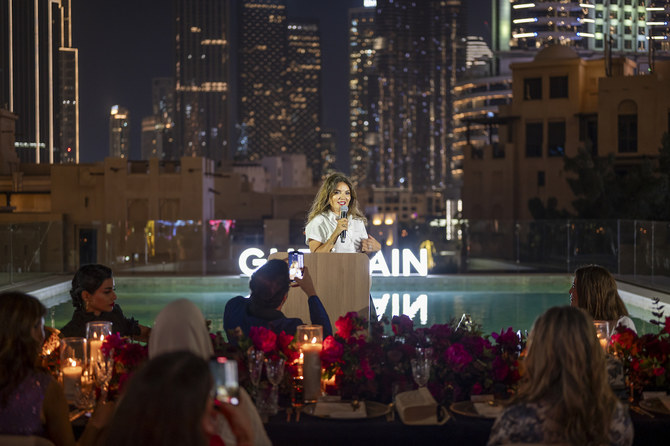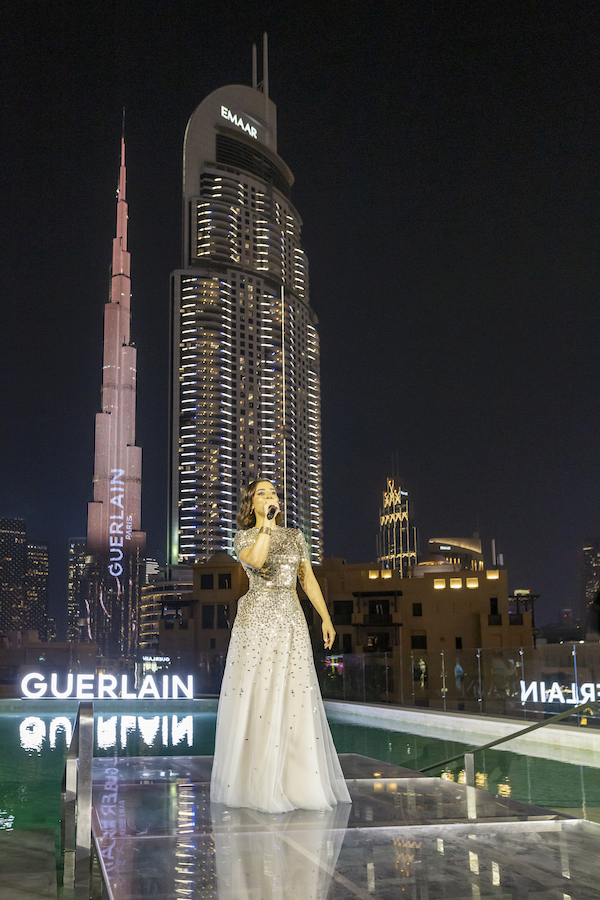Film director Hadi Ghandour takes us behind the scenes at the Cannes Film Festival with his revealing diary entries.
Day 1
I am on a train from Paris to Cannes. A middle-aged woman maneuvers her way around my legs and sits beside me. She is on her phone, making sure to loudly telegraph to the entire train that she is attending the festival. “I hope Xavier Dolan doesn’t disappoint me like last time! And can you believe that Alain Delon is being honored? What a travesty!” We are all supposed to be impressed. My festival experience begins before I get there and I am forced to endure her pontification for the next five hours.
The train arrives on an overcast afternoon. The first thing I do is pick up my badge. Without it you are considered a third-class citizen. I inch past the security blocks that barricade the Croisette like a fortress and make my way to the Grand Palais.
What makes this place so distinctive and often daunting is the sheer amount of stuff going on. It is not only a film festival, but a massive market, an annual industry meet-up, a sprawling seminar, a paparazzi hunting ground, an awards ceremony, and an everlasting party.
Cafes, restaurants and hotel lobbies turn into networking hubs and industry meeting grounds. TV screens that usually broadcast football matches or music videos air live feeds of press conferences and red carpets. Beachfront apartments are transformed into movie company offices, with their logos hanging from the balconies and the harbor morphs into international pavilions for global cinema.
I often find that the most interesting films play at the Director’s Fortnight. It is late in the evening. My friend has snatched up a couple of priority invitations to Robert Eggers’ latest picture “The Lighthouse.”
Envious eyes watch us zip through the interminable line that wraps around the JW Marriott.
I sink into my chair but, within moments, a sense of dread washes over me when I hear the shrill voice from earlier today. It’s the woman from the train. The festival may be larger than life, but it is still a very small place.
“The Lighthouse” is hypnotic, terrifying and has remarkable performances from Robert Pattinson and Willem Dafoe. It is guaranteed to give me nightmares later.
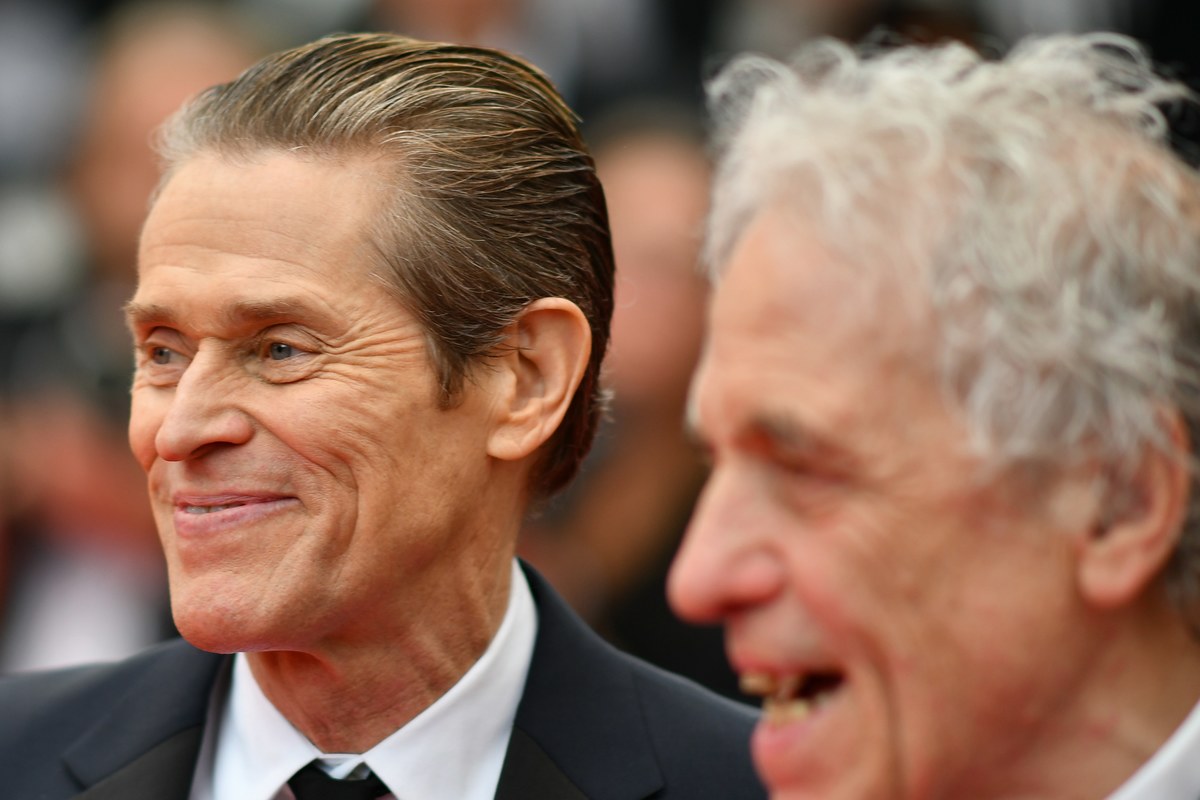
Willem Dafoe stars in The Lighthouse. (AFP)
Day 2
I am having a breakfast meeting by the shore. A seagull swoops in and boldly pilfers a piece of bread from the basket. Even the seagulls here are fierce and determined.
A 50-something gentleman interrupts our conversation and humbly introduces himself as a filmmaker from Saskatchewan who has been in the business for years.
He slides over a heap of DVDs - films he has written, directed, produced, edited, shot, acted in and composed. He points at one of them, which is enveloped in a half-ripped cover. “This one here is my masterpiece,” he tells me.
Everyone has something to pitch. The whole town is like a never-ending speed date. Shifty eyes dart around mid-conversation. First, they land on your color-coded badge to decipher your title and worth, then swiftly onto the next person.
Ideas float around with the heft of low-hanging clouds over people’s heads. You can almost see them. The movies in competition may be front and center, but the energy is already directed at the future.
I swing by the Marche Du Film, the festival’s film market. Located in the Palais basement, it is a maze of industry booths where deals are negotiated and struck. It is not only the least glamorous part of the festival, but the least glamorous place you could ever visit.
The market begins to suffocate me so I decide to watch a movie, “Lilian” by Andreas Horvath. Waiting in line at this festival is a rite. You must always add an hour and a half to a movie’s running time to gauge your overall time investment.
The sun is setting and the sea is iridescent. A nighttime chill begins to emerge. One of my favorite things to do at the festival is to watch a film on the beach. There is something wonderfully primal and peaceful about it. A bunch of strangers gathered on a sandy shore beneath the moonlight, watching and listening to a story unfold. A documentary is playing, “Haut Les Filles” by Francois Armanet. Everyone has sunk into their chairs and are wrapped up in blankets to protect them from the gusts of wind. They look so peaceful and vulnerable, a poignant end to the vicissitudes of their day.
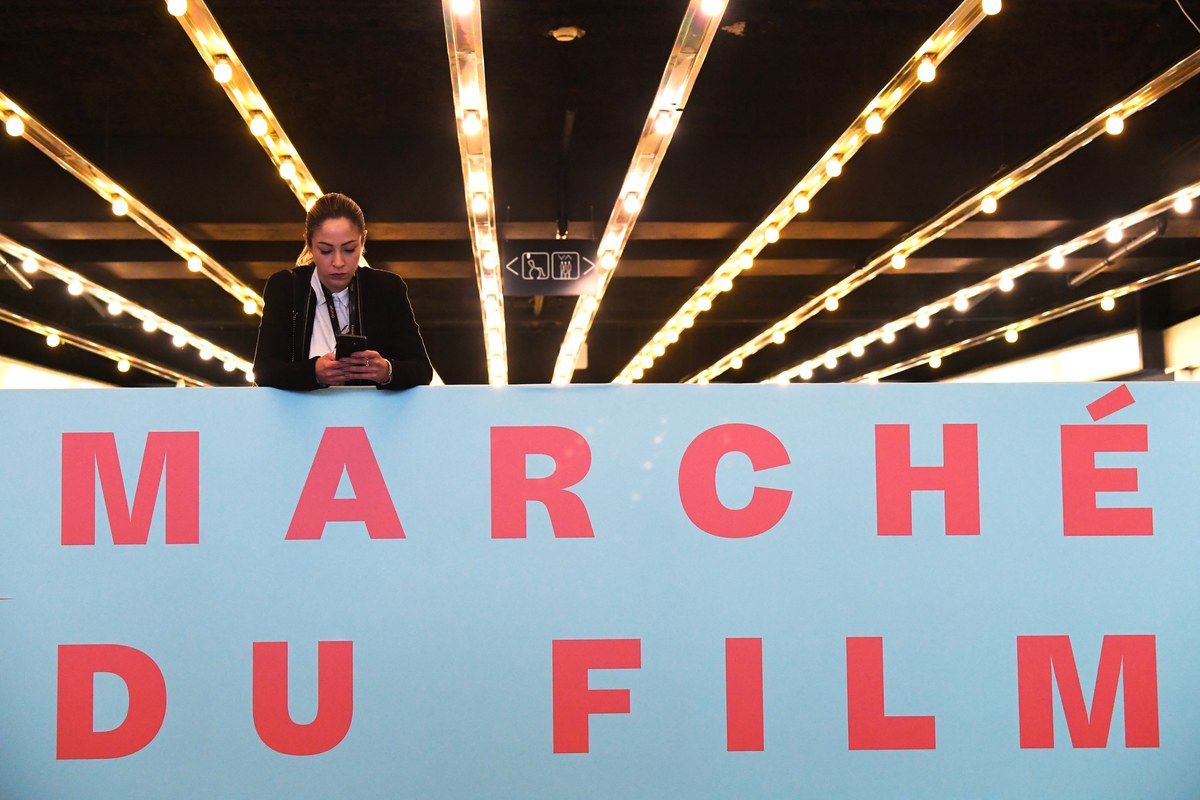
A woman checks her phone in the Marche Du Film. (AFP)
Day 3
It is 7:30 a.m. and I make my way to a film screening — “Frankie” by Ira Sachs. On my way there I spot a group of people, one of them is in a wrinkled tuxedo that has lost its respectability. Last night hasn't yet ended for them.
The film dips me in and out of a light and pleasant sleep, but I somehow suspect this could be its intended effect.
I walk out of the Grand Theatre Lumiere. The glare assaults my eyes and brings me back to the real world, which suddenly looks more mundane.
I begin to exit the Grand Palais when I am approached by a festival attendant. She randomly offers me a seat at the press conference for “Young Ahmed,” the latest movie by the Dardennes brothers. Perhaps she liked my countenance, but most likely she needed to fill a few empty seats.
Things are in overdrive today. It’s the Tarantino film premier and everyone seems to be seeking access to the screening. I overhear a woman pleading for that golden ticket. “My son is diabetic!” she says. What in the world does that have to do with getting a movie ticket?
After lunch, I glance at my watch and realize I’m about to miss my train. I run to the station and just barely make it.
Three days in Cannes feel like a week. It is a cycle that ebbs and flows between the mad rush of the movie business and the peace and refuge of movie watching. It can be overwhelming and exhausting. But it’s all about the movies, so who can really complain?
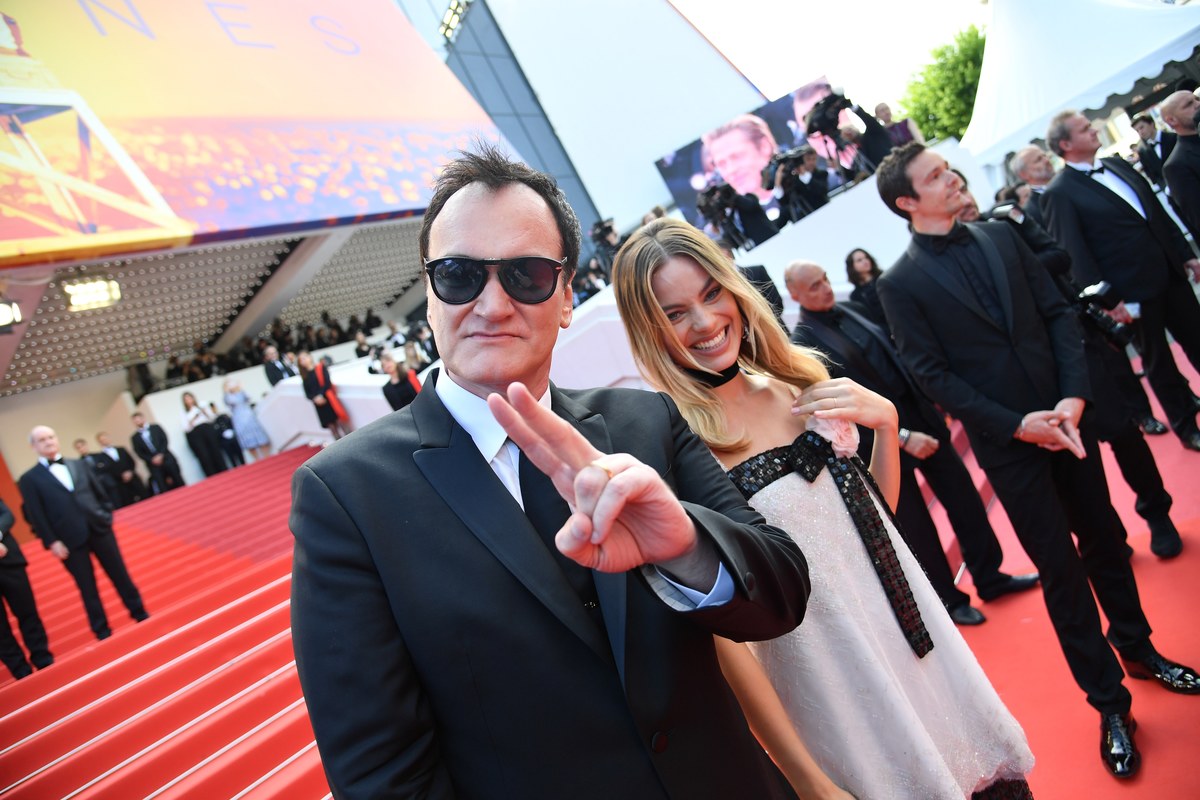
Quentin Tarantino premiered ‘Once Upon a Time... in Hollywood’ in Cannes. (AFP)



